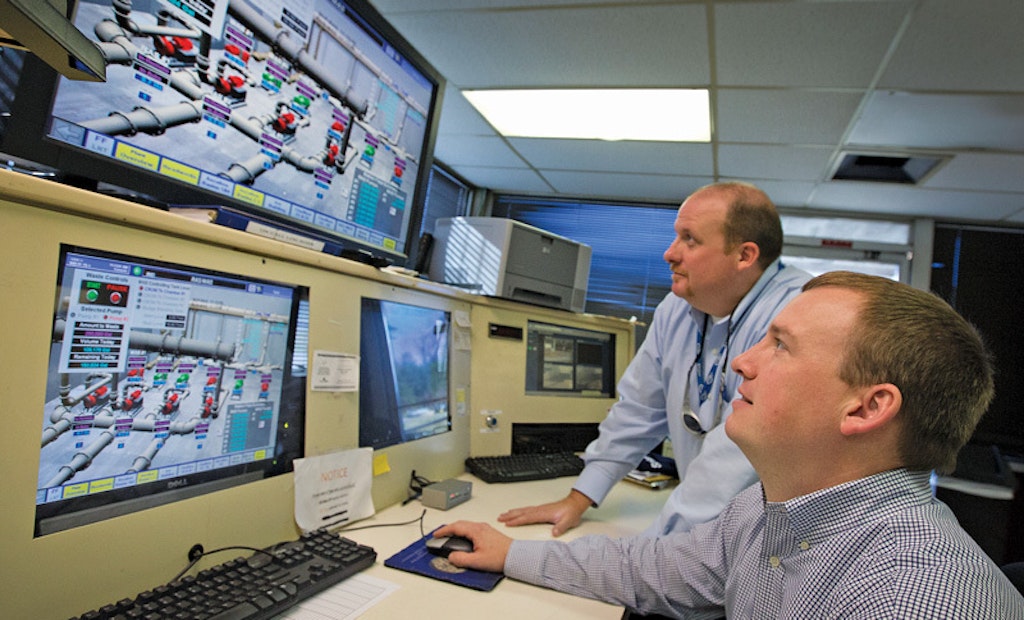
Rebecca West has managed everything from collections systems to community involvement programs, and she knows the water iindustry.
“My career has been like moving from one stepping stone to another, then jumping on a bulldozer, then back on the stepping stones,” says West,...








